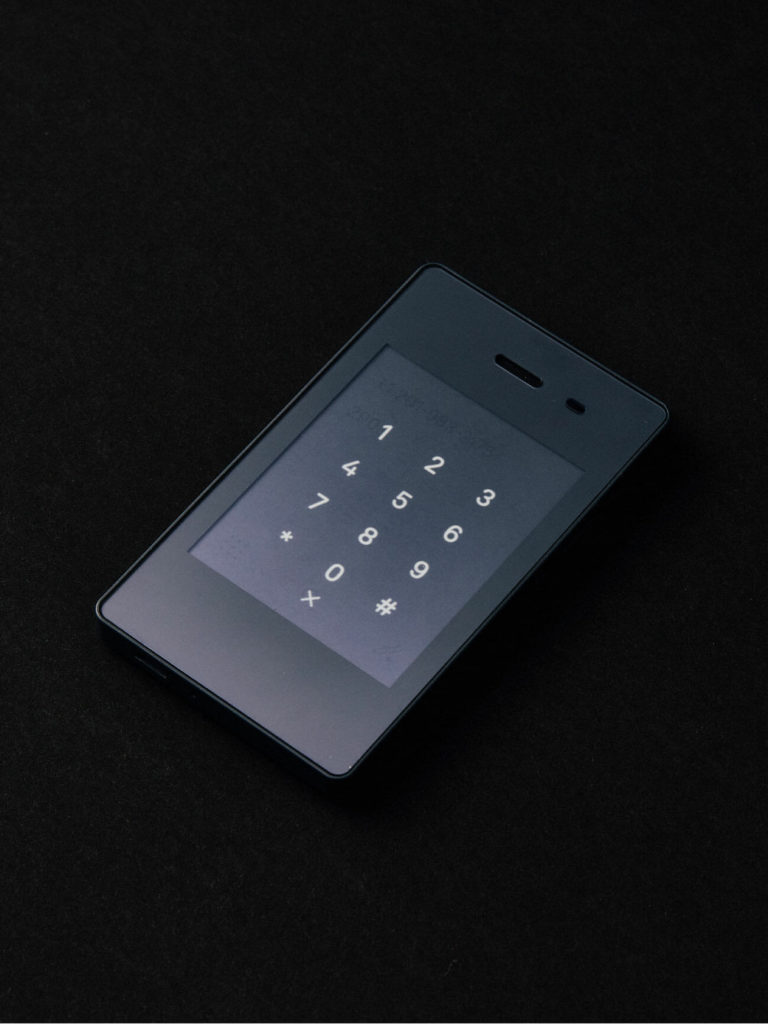It’s not a “dumb” phone. That’s one of the first things that Joe Hollier and Kai Tang, the two founders of Light Phone, corrected me on when I sat down with them a few weeks ago. Their preferred nomenclature is “minimalist.” You know, a phone that doesn’t have apps or the distractions of Instagram, Twitter or Gmail not because it’s dumb, but because it doesn’t want to.
The company’s first minimalist smartphone, the original Light Phone, was announced in 2015 (and then released in 2017) and it was wildly successful raising over $400,000 on Kickstarter. It was pretty bare-bones. It cost $150 and could only make and receive calls and it could only store nine phone numbers. In its defense, it was designed specifically to be a secondary phone.
The Light Phone 2, which started shipping to backers this past fall (with more units scheduled to ship out in early 2020), is definitely a more advanced device. It has an E-Ink touchscreen display (the original Light Phone just had an illuminated number pad) and it can send and receive text messages. It has a headphone jack and built-in Bluetooth, too, mainly just for hands-free calling. As for the price, the Light Phone 2 costs $350 (which is just a touch more affordable than a new Google Pixel).
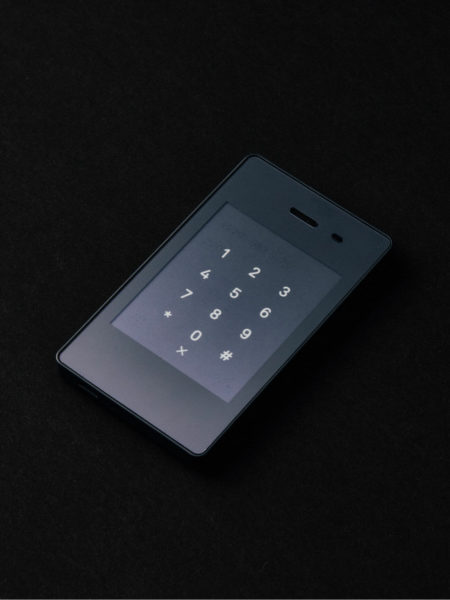
The Light Phone 2 has an E-Ink Touchscreen display and can send and receive texts.
Interestingly, it also has built-in Wi-Fi, which will enable Light Phone 2 to download software updates. Hollier and Tang hope that future OS updates will add features like music, navigation and support for rideshare apps like Lyft or Uber. They hope to add a hotspot feature, too, so that if you need to access the internet, the Light Phone 2 would be able to act as the hotspot for a laptop. Right now, however, the Light Phone 2 is limited to calls, texts and alarms.
The company behind the phone thinks that, in the meantime, the demand for its product will only increase. “After Apple, Samsung, Google introduced its wellness apps, that actually increased a lot of people’s awareness of what smartphones are doing to us,” Tang explained. “It also drove a bunch of investors to us as well.” Those investors include John Zimmer (Lyft cofounder), Tim Kendall (former president of Pinterest and current CEO of Moment) and Scott Belsky (Adobe Chief Product Officer).
When I sat down with Hollier and Tang, we talked about quite a number of things. Chief among them, who was buying the Light Phone 2 and what they were actually looking to get out of it?
The following interview has been edited for clarity and brevity.
Q: What does it mean when you say “Going Light”?
Joe Hollier (JH): We’re a featureless phone and we really want to brand what the main feature is. It’s an experience. We wanted it to be some sort of conscious thing, like “I’m ‘Going Light today,” to kind of consciously set aside [your smartphone] for the day. Or just an hour.
Kai Tang (KT): Yeah. Sometimes we just need a break and this [Light Phone] is designed to make that experience special. Right? So I can pick up [the Light Phone] for an hour and go without my smartphone, and have peace of mind knowing I won’t miss a call. Then after we shipped tens of thousands of [Light Phones], people came back saying that switching was nerve-wracking in the beginning, but once you get over the fear of missing out, you start to feel the magic. You start paying [more] attention to people.
JH: You feel relieved even. The level of anxiety we’re not aware that we’re perpetually, constantly overwhelmed, and we’ve gotten so habitually used to it that we forget that sitting there for an hour can do wonders for your overall health.
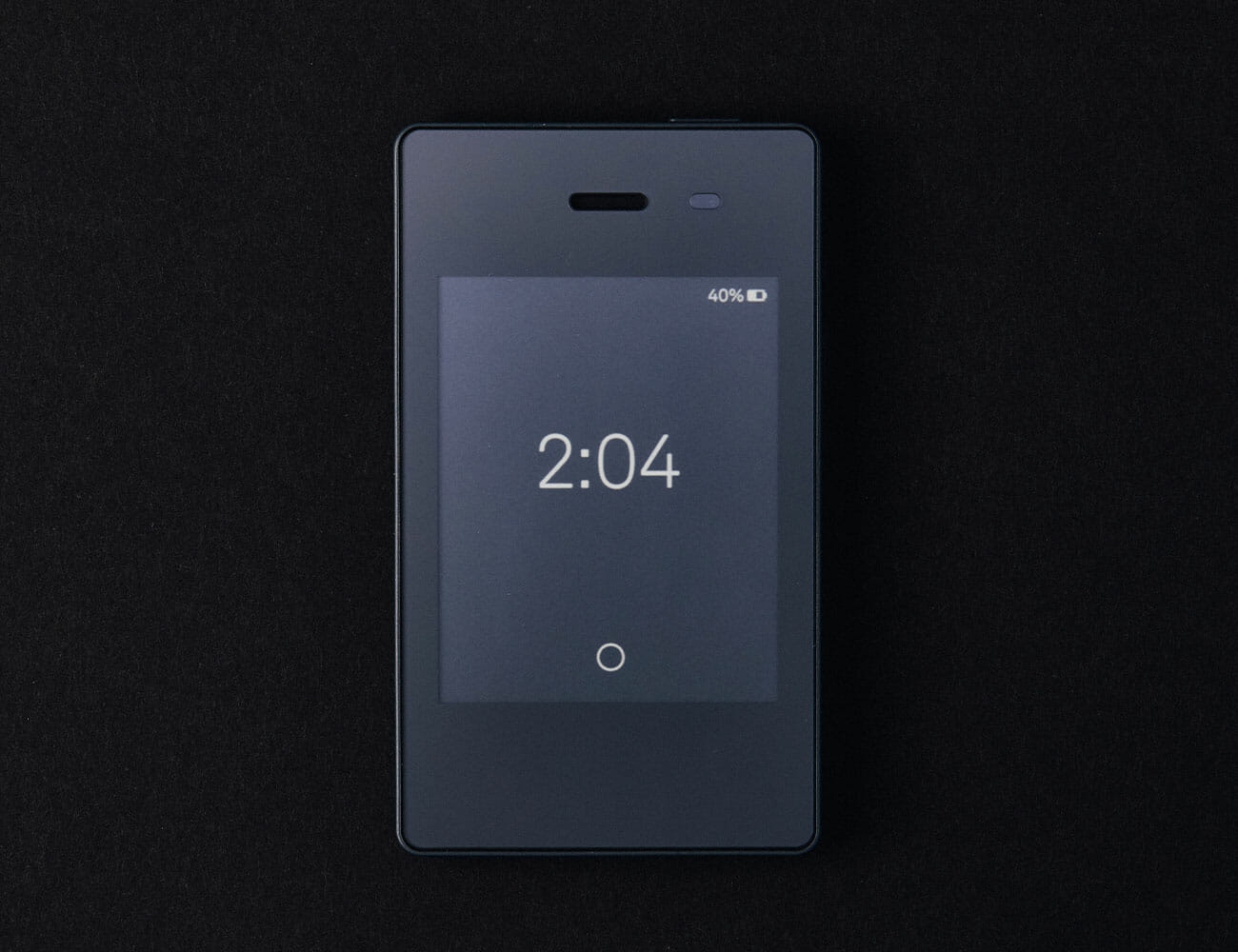
Q: Gotcha. So, tell me about Light Phone 2? How did we get here?
JH: So basically people that were really liking [Light Phone 1] were like, “I don’t want to go back to a smartphone.” But without a full contact book, it was only limited to nine speed-dials without being able to get a text. You know, it was never meant to be an only phone. So we took a lot of that feedback. There are instances like if a couple goes on a date and they had a great time — like ‘My husband didn’t check his smartphone once during dinner, it was great” — but then when they tried to get home they couldn’t call a yellow car. So we had to reconcile with some of these utilities of a smartphone. Is there a way to make a phone that could take some of those [utilities] without the kind of [scrollable] feeds and advertisement-based apps, and make a phone that could be a full replacement — if not maybe full, much larger chunks of your life. So that was where the Light Phone 2 evolved from.
KT: Yeah, so there are five essential tools that are commonly requested. There’s phone calls, text message, directions, ride-sharing and music. We’re not against utility tools at this point. There’s just no [features] with infinite feeds. There’s no browser. There are no advertisements. So that’s how we designed the Light OS and the tool, so eventually, this list will grow and customers will have the ability to customize those tools whenever we release [new ones].
Q: One of the most popular features of today’s smartphones is the camera. And Light Phone 2 doesn’t have one. Will you create a Gen-Three Light Phone with a camera?
JH: It’s not off the table completely. I think we want to be really conscious of the experience of [using Light Phone] and I think what we want to avoid is someone going to see that sunset or that museum piece, not even looking at it and realize snapping a photo and then starting to post it. I shoot a lot of film photography and a lot of our users have been finding their own camera alternatives and talking about how it elevates their photography. Now it’s like the camera is on my shoulder and my day is about seeing things.
KT: Yeah, we decided not [add a camera] because we feel that behavior destructive right now. When you take a photo, all you’re thinking about is where do I share or how do I get likes. But the camera can be a useful tool if you’re just capturing the moment and not reviewing it. So maybe down the road, we could have a camera that you aren’t able to see the photo until you get home or something.
Q: What about music? Couldn’t that be considered a distraction, too?
KT: This is the debate. Our view is that if we design a way that you don’t browse, you don’t discover — you just have a playlist and that’s it. It’s to help you concentrate — focus but not discovering. No feeds. I think that made a lot of sense to us, so that’s why we are going to do a playlist, music playlist, and we are talking to Spotify but that’s probably done the road. Maybe we just grab the playlists from Spotify and people can play like that too.
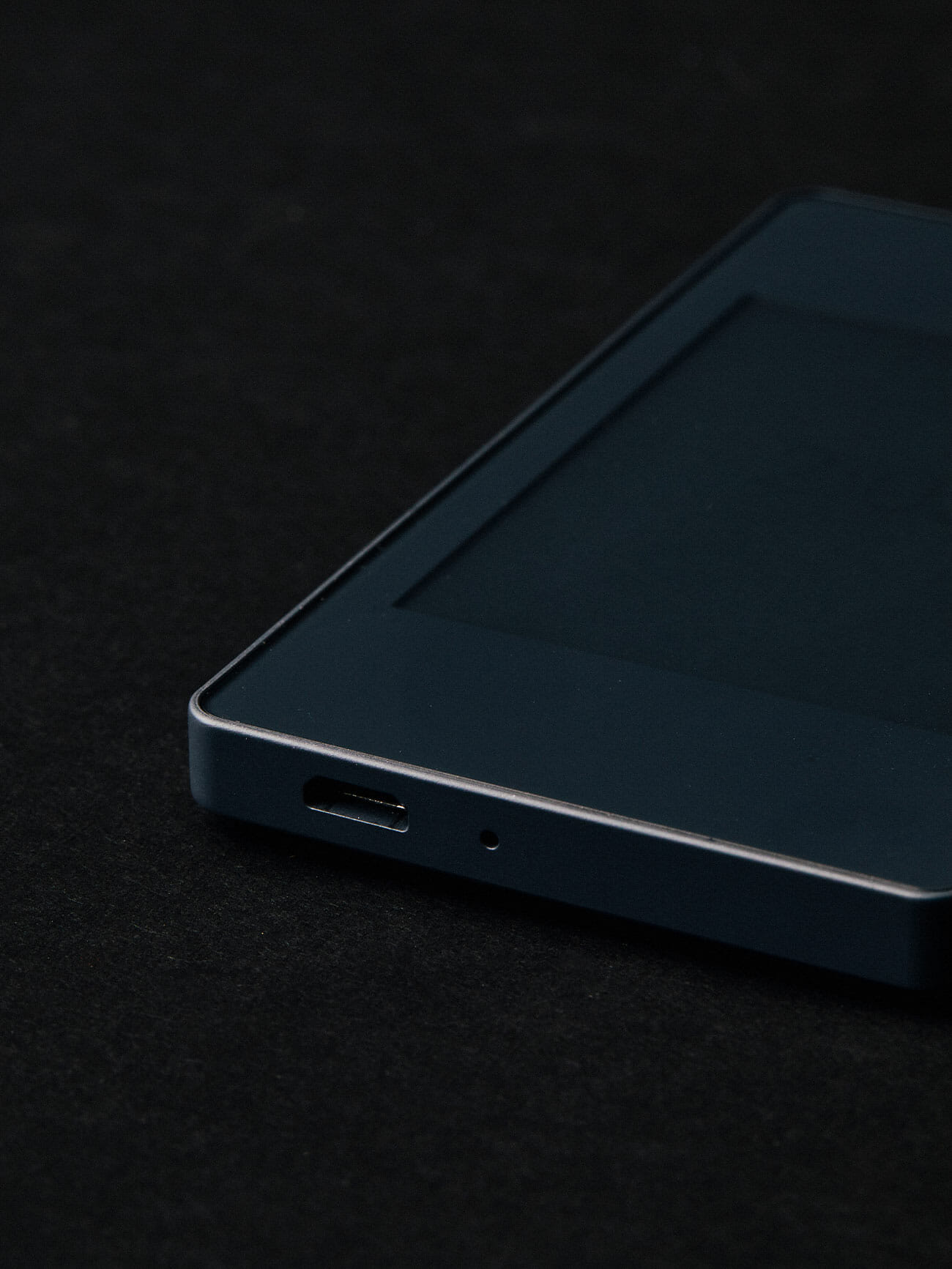
Q: So $350. That’s not cheap. What type of people are buying this?
KT: The “overwhelmed smartphone user” is our core market. They are buying Light Phone 2 as a secondary phone. And now we have parents trying to buy Light Phone 2 and schools try to get Light Phone 2 for the students. That’s very interesting, a big surprise for us as well.
JH: I think an underlying value that [consumers] share is that there is a consciousness because it is expensive.
KT: Yeah, $350 sounds high, but we’re not really trying to become a cheap burner phone. We’re trying to say this is a potential replacement for your smartphone that still has the modern tools without advertisements, without the distractions and with 4G LTE. We’re trying to say this is a lifestyle. This is a choice that you can make. We’re also not saying everyone should switch to Light Phone and not use a smartphone. One percent of smartphone users resonate with Light Phone. We’re just saying, “Hey, it’s time for us to offer an option.”
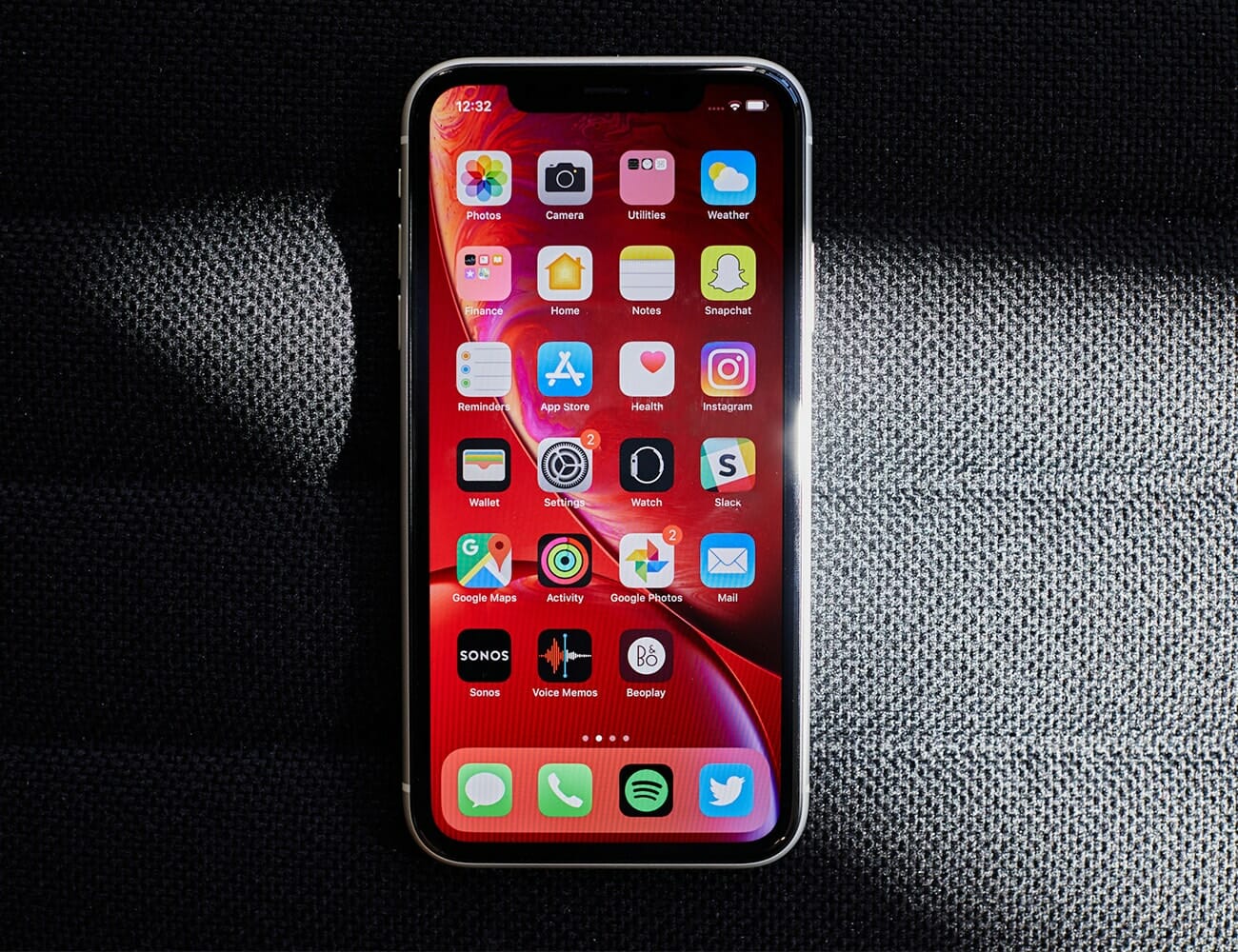
New phone? Here are the tweaks you should make right away to ensure you get the most out of it. Read the Story
